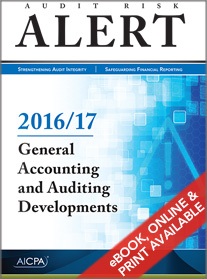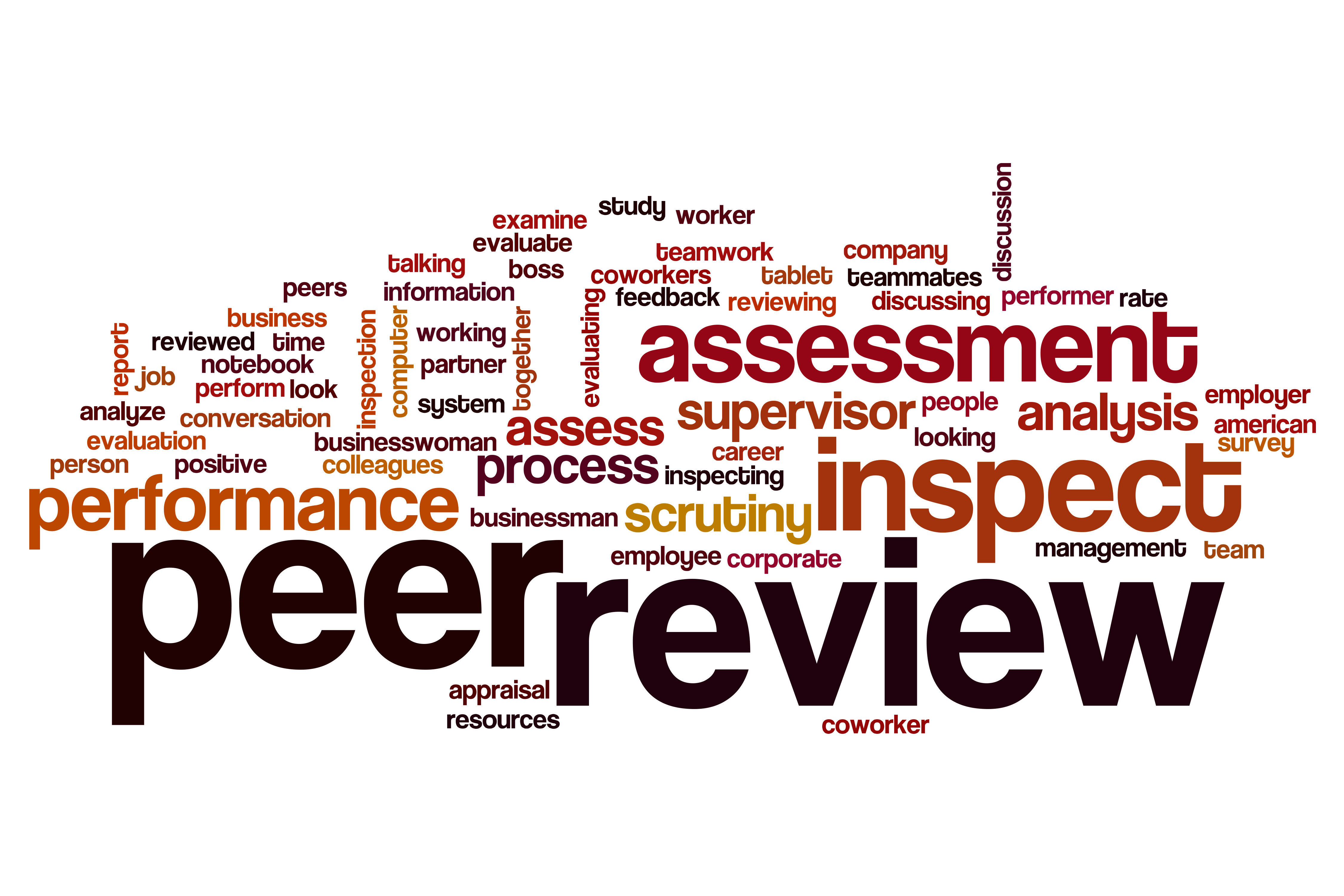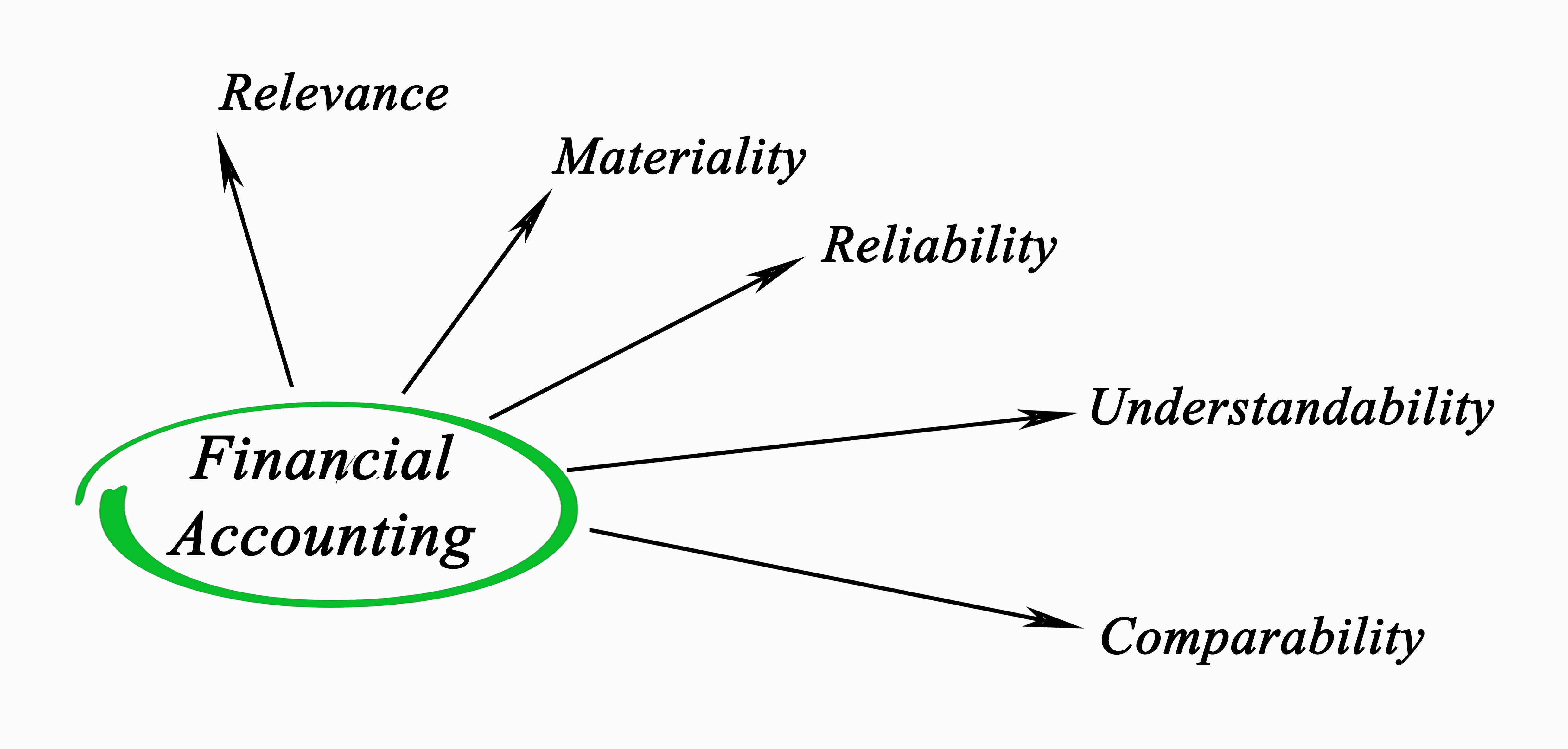Updates for CPAs: going concern and location of debt issue costs

The accelerating pace of change doesn’t slow down merely because I have multiple audits in progress plus more that just started. Here are a few articles to help keep all of us up to date on two newly effective standards:
Going concern
For a long time the professional requirements for addressing going concern issues have been located in the audit literature. Yeah, the accounting requirement was in the audit standards. There has been an effort for several years to this guidance out of the SASs and into GAAP. Two articles show the substantial progress:
11/8/16 – Charles Hall at CPA-Scribo – It’s Time to Apply FASB’s New Going Concern Standard – ASU 2014-15 creates a requirement in GAAP for management to assess whether there are conditions or events which raise substantial doubt about ability to continue as going concern.
This is effective for financial statements ending on or after December 15, 2016. Translation: 12/31/16 financial statements. That would be the ones you’re auditing or reviewing or compiling at the moment.
If you haven’t tuned into this new requirement, check out Mr. Hall’s article before you download the ASU for study. Hint: the new requirements on management will seem remarkably familiar.
In case you hadn’t thought about it, having a GAAP-based going concern requirement placed on management means that there is now a specific need to address going concern in a review or comp.
2/22/17 – Accounting Today – AICPA changes going concern audit standard – Now that the going concern requirements are in GAAP, the ASB has modified the rules in the audit literature.
…
Updates for CPAs: going concern and location of debt issue costsRead More »
Updates for CPAs: going concern and location of debt issue costs Read More »












